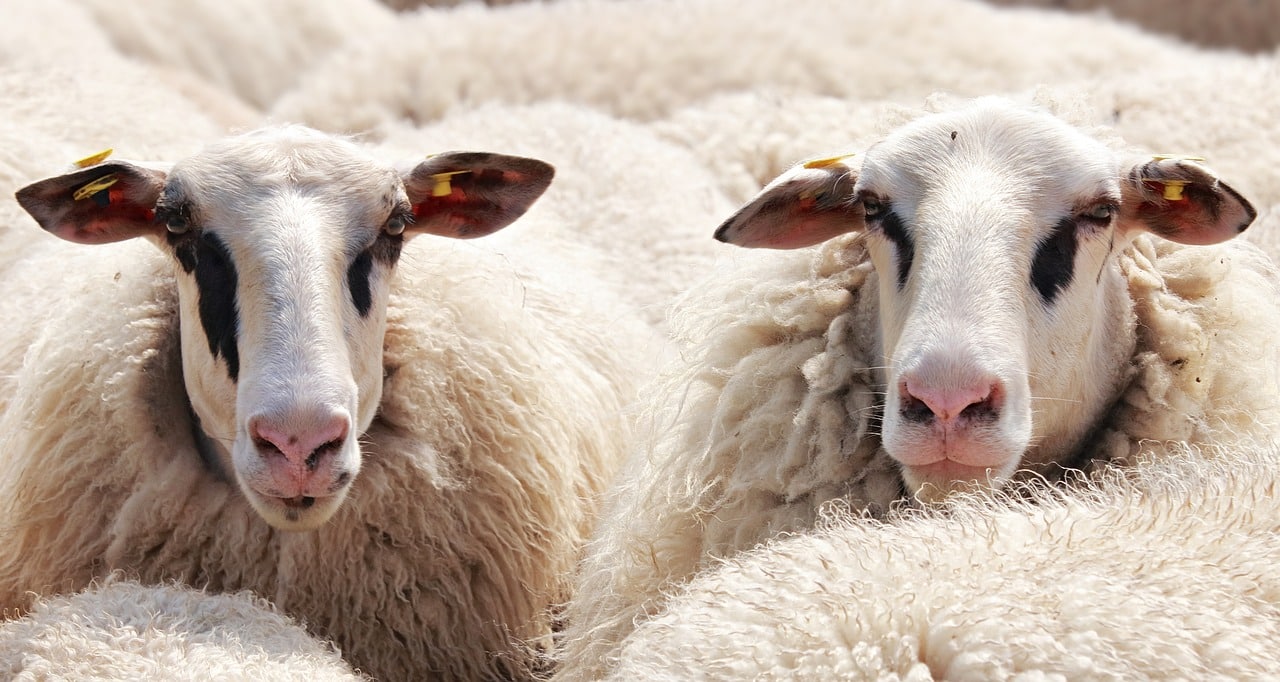
A clone is obtained by reproducing DNA that belongs to the same original sequence.
A clone is a concept that refers to the group of organisms or cells that are identical from a genetic point of view and that originate through asexual reproduction . Cloning, according to theoretical data, is a technique that makes this reproduction possible based on unique cells or organisms or through the artificial segmentation of embryonic states in their initial state.
Cloning , therefore, revolves around the generation of a biological entity (cell, chromosome , gene or organism) using another that already exists. This procedure can be carried out with hereditary molecules, that is, with the reproduction of DNA belonging to the same original sequence .
Clone Types
It should also be noted that a vertebrate clone is achieved by replacing the nucleus of an egg that has not been fertilized with the nucleus of an adult cell that belongs to the organism that is intended to be cloned. This technique was performed successfully for the first time in 1950 and was applied to frogs.
The cloning of human beings presents an ethical dilemma that has not yet been overcome anywhere in the world. From a technical point of view, there are those who claim that the necessary knowledge to clone a person has already been accumulated. Doubts about the identity of the clones and the controversy over the instrumentalization of humanity are the main obstacles towards cloning people.
In this sense, we must distinguish between reproductive cloning (which involves the complete duplication of a human being) and therapeutic cloning (when it is applied to the cells of an adult individual so that they can be used for medicine ).

The first clone of a mammal was a sheep.
Dolly the Sheep
The first mammal to be cloned was the remembered Dolly the sheep. The project was led by Ian Wilmut and Keith Campbell , two scientists who worked at the Roslin Institute in Edinburgh , Scotland . Dolly 's birth was not made public immediately, but seven months later.
This fact, controversial and questionable from a moral point of view, meant a revolution for science , since Dolly was cloned by taking a cell from a six-year-old sheep, a fact that seemed impossible until now, when it was believed that only It was possible to start from an embryo . Furthermore, it is the only successful result of the 277 attempts that had been made.
Needless to say, Dolly 's life took place in the laboratory , and she was treated as an object of study. When she reached adulthood, she was crossed with a male and, three births later, she was the mother of six offspring. However, from the age of 5, his health deteriorated: first, he suffered from arthritis, for which he received the appropriate treatment; A year later, a type of lung cancer known as Jaagsiekte led scientists to euthanize her, when she had barely reached half the life expectancy of her breed .
Although they tried to deny by all means that the disease had any relationship with cloning, based on the fact that many individuals from the same litter had died from the same cause, there are those who claim that Dolly was born with genes of the age of her donor, or that is, six years.
Another meaning of the term clone
In computing and more specifically in object-oriented programming , a clone represents an entity that is based on the properties and appearance of another, so that it does not need the same amount of memory to be represented.
There are different implementations of this technique ranging from basic duplication to more intelligent uses that facilitate the creation of multitudes of characters that must appear at the same time.
